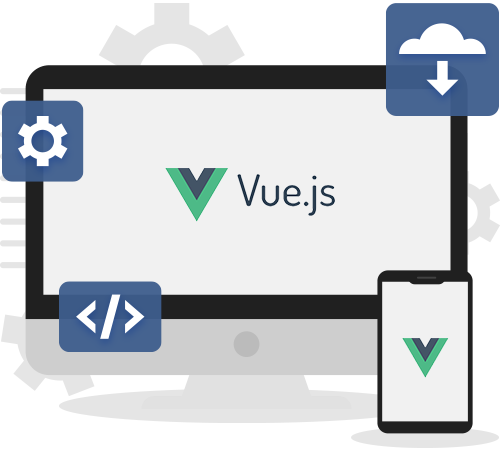Buzz Haven: Your Source for Trending Insights
Stay updated with the latest buzz in news, trends, and lifestyle.
Vue.js: Your New Best Friend in Web Development
Discover how Vue.js can transform your web development experience and become your ultimate ally in creating stunning applications!
Why Choose Vue.js for Your Next Project?
When it comes to choosing a JavaScript framework for your next project, Vue.js stands out for several reasons. First and foremost, its progressive architecture makes it easy to integrate with other projects and libraries. This flexibility allows developers to gradually adopt the framework rather than requiring a complete overhaul of existing code. Additionally, the Vue ecosystem is rich with tools and libraries, including Vue Router for routing and Vuex for state management, which simplifies the development process and enhances the overall application performance.
Moreover, Vue.js boasts excellent documentation and a supportive community, making it easier for both beginners and experienced developers to get started. The reactive data binding feature allows developers to keep their UI in sync with the underlying data model effortlessly. As a result, projects built with Vue.js can be more maintainable and scalable in the long run. If you're seeking a framework that combines simplicity with power, Vue.js is undoubtedly a strong contender for your next web development project.

10 Essential Vue.js Features Every Developer Should Know
When it comes to mastering Vue.js, understanding its core features is crucial for any developer. Here are 10 essential features you should be familiar with:
- Reactiveness: Vue's reactivity system makes it easy to manage and track data changes.
- Components: Build reusable UI components to streamline your development process.
- Directives: Utilize Vue's powerful directives for DOM manipulation and event handling.
- Computed Properties: Simplify complex logic and calculations in your templates.
- Lifecycle Hooks: Gain control over your components during their lifecycle phases.
Additionally, the following features enhance Vue.js development:
- Templates: Use HTML-based templates for a more flexible and readable structure.
- Vue Router: Easily implement routing in your applications for smoother navigation.
- Vuex: Manage state effectively across large applications with Vuex.
- Single File Components: Keep your code organized with single file components that encapsulate HTML, CSS, and JavaScript.
- DevTools: Use the Vue DevTools browser extension for debugging and profiling your applications.
How to Get Started with Vue.js: A Beginner's Guide
Vue.js is a progressive JavaScript framework that helps you build interactive user interfaces with ease. To get started with Vue.js, you first need to understand its core concepts. Begin by setting up your development environment. You can either include Vue.js through a CDN in your HTML file or install it using Node.js and npm, allowing you to use Vue CLI for more advanced projects. If you're new to JavaScript, take some time to familiarize yourself with JavaScript fundamentals, as a solid understanding will greatly enhance your experience with Vue.js.
Once your environment is ready, it's time to dive into Vue.js itself. Start by creating a new Vue instance and defining the data model that will power your application. Here are the key steps to follow:
- Define your HTML structure.
- Instantiate a new Vue object using
new Vue({}). - Bind your data to the HTML with the
{{ }}syntax.